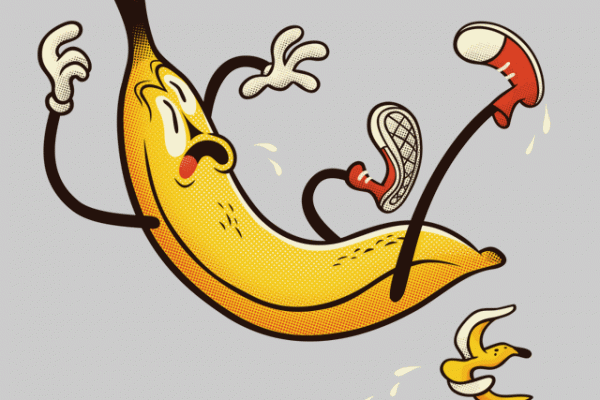The Slipped Disc Myth!
Posted Nov 04, 2020 at 08:01
Posted Nov 04, 2020 at 08:01

Many people believe that a disc can slip out of place, however this is not the case. A slipped disc actually refers to a small tear, bulge or potential leak of fluid from the disc.
Often health professionals try to explain conditions in a way in which it's easy for everyone to understand, but unfortunately sometimes, this leads to certain phrases sticking in peoplesí memories and assumptions are made around them. A slipped disc is exactly this, some clinicians feel it's easy to explain a disc lesion as ďslippedĒ as it's feared the client either won't understand or they donít want to understand. We feel this is not the case and often our clients are very interested in their health and often get better improvements when they understand their issues and how the recommended care will help to resolve themFirst of all what is a disc?
The easiest way to explain a disc issue is like a jam donut. It's got a fluid in the middle, a thick cartilage like tissue around the outside. The outside cartilage can tear (donut wall), the disc fluid (jam) can bulge to the outer edge and it can exit the disc and leak down the spinal canal.
A disc is a cushion that sits between two vertebrae and plays an extremely important role in spinal function; helping to provide its S shape (itís natural shape of the spine), absorb forces and provide openings between vertebrae for nerves, arteries and alike to exit the spinal canal. There are 23 discs in total, one sitting between each vertebrae in the spine, with the exception of C0-C1 (the top of the neck, just below the skull).
Getting the correct care.
During a consultation not only do we need to identify the severity of the disc whether it's torn, bulging or leaking, we need to know which disc of the spine it is, that way when we make our adjustments we are targeting the exact level we want to in the correct direction.
Despite giving it our best try, unfortunately we aren't working miracles, yet. So there are some stages of disc lesions that are too far gone for us to help and need more severe intervention, which is why we have no concerns referring those patients to the orthopedic specialists they need. But for the vast majority of patients who have acted soon enough we are able to make some huge improvements not only in symptoms, but overall health and quality of life afterwards as well.
The challenge we face.
Like a dentist, we can't help those we don't see. There are many symptoms somebody with a disc problem may experience, and it's important to remember although some of these might be common, they are not normal. For example cancer is common, affecting 1 in 2 but itís not normal. Some symptoms a person suffering from disc issues may have are; lower back pain, pain radiating down the leg/s, this pain may be worse when they are sitting or standing, pins and needles in the legs and feet and leaning to one side either towards or away from the pain. A person could experience one or multiple of the symptoms above,however this doesn't mean you have a disc issue for certain, but is definitely something we would seriously consider if we saw them.
Hopefully the few of you still reading have taken something from this blog and now have a better understanding of how strong our spines are and how bones and discs can't just slip out of place, but are instead ways people have poorly explained things.